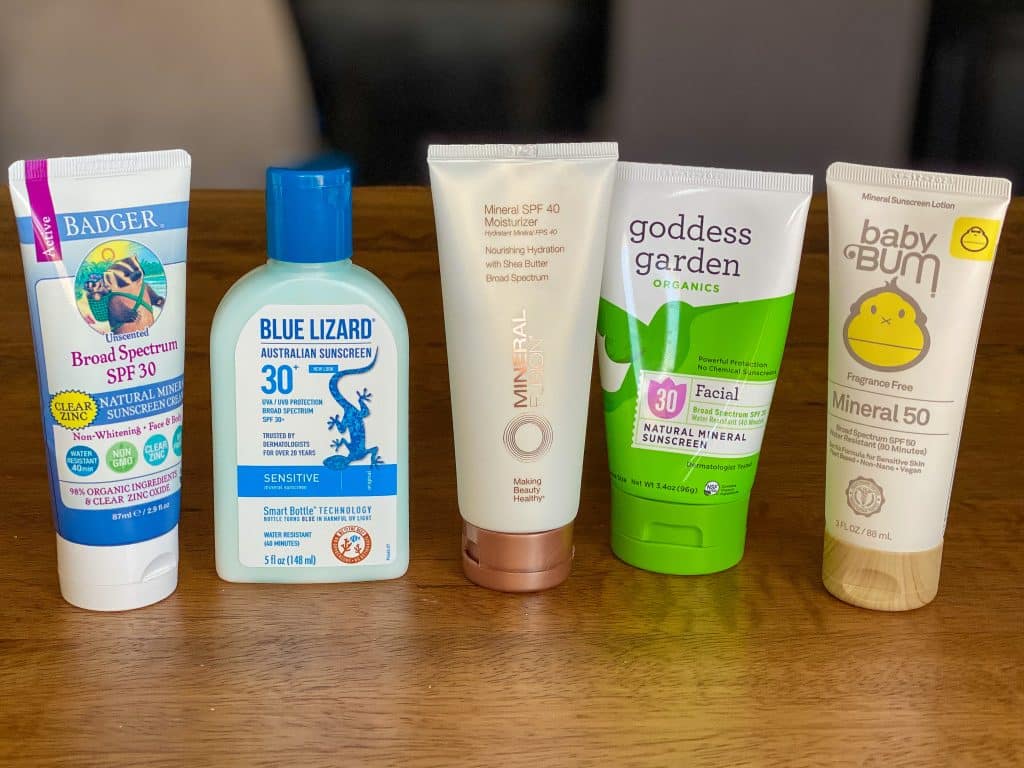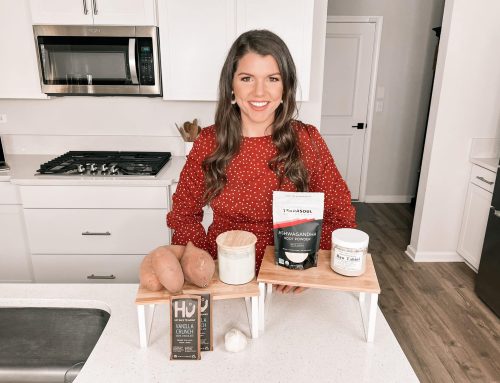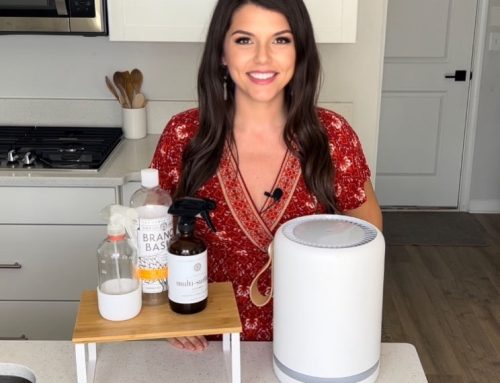
We've been told over and over again to put on sunscreen to prevent damage and even skin cancer from sun exposure, but did you know a lot of these ingredients meant to “protect us” haven't even been tested for safety or efficacy?
You see, our skin is the largest organ we have and what we put on it absorbs into the body. These chemicals in sunscreen have actually been measured in blood, breast milk and urine samples.
The reason we don't want them in our body is because they've been linked to things like hormone disruption, which can lead to an array of health issues, and tissue damage.
In 2019, the FDA proposed a new set of rules for sunscreen – the first time in 40 years! They've stated that active ingredients in sunscreen must be tested to determine the rate of absorption through the skin and the health impacts that result from exposure to the ingredients…. I would've thought that's something that should be done before it hit the market!
Tips when picking sunscreens
Just because the SPF is high doesn't mean it's safer. These high SPF sunscreens don't necessarily protect you for longer and they usually have more chemicals in them. High SPF usually gives people a false sense of security from the sun and they don't reapply as needed. Sunscreen SPF between 30-50 has shown to give adequate protection, even for people with sensitive skin, especially when reapplied as directed.
Avoid Vitamin A. Sometimes called retinol or retinyl palmitate, Vitamin A has shown to speed the development of skin tumors and lesions when applied to the skin and exposed to sunlight. This is not something that should be in sunscreens, but unfortunately, as of today, it's still in some.
Look for Zinc Oxide or Titanium Dioxide as the active ingredient. These two ingredients have been recognized as safe and effective, based on existing test data, according to the FDA. There's another 12 ingredients that the FDA has said they don't have enough data to say if they're safe! 😳 One ingredient in particular the FDA raised concern about is oxybenzone and its potential to affect hormone levels, especially in children.
Thankfully there's some clean brands (linked below) out there that do care and take into account our safety. You can watch them here in my latest segment on ABC10.
Non-Toxic Sunscreen Options
Badger Sunscreen – This is the one we use regularly.
Blue Lizard Sunscreen
Green Goddess Face Sunscreen
Baby Bum Sunscreen
To check your sunscreen chemical rating check out the EWG's skin deep search engine. They also have a list of clean sunscreens that provide the best protection.




